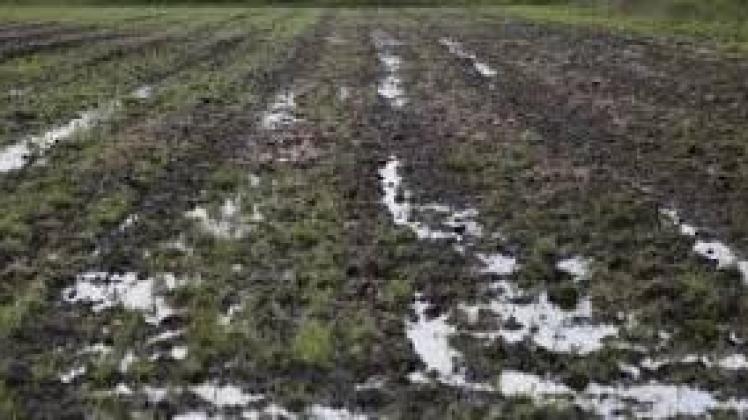Spain: Rain continues to complicate potato planting in Galicia, Portugal, and Castile and León.
Rain is affecting plantations on the Iberian Peninsula, while drought threatens major European producers. Below-average yields in Campo de Cartagena and conflicting news in the Guadalquivir Valley.

Water is a key issue in today’s agricultural sector, and it is especially noticeable in crops such as potatoes.
Consultant Fernando Alonso points out that tubers are being uprooted in the Valencian Community and in Campo de Cartagena, in this case with lower-than-normal yields.
In Extremadura and the producing areas of Portugal, there are problems with poor germination and poor health, with many plots being replanted.
In Galicia, only a few hectares have been planted, while in the major producing regions of Europe, "almost everything has been planted, in very good condition." However, there is a drought, and many hectares are unirrigated. "If the drought continues, farmers could have problems," he points out.
What’s happening in Seville?
In Seville, health problems have been reported, something not shared by Meijer’s Javier Boceta. The company’s customers have already harvested more than 2,000 tons of potatoes without any health problems. "If I had to emphasize anything, it would be that there’s a little more soil and more greenery than usual; we’ll have to be more diligent," he points out.
There are also some cracked potatoes, but this depends on the variety and soil type. "Right now we’re harvesting a Lady Amarilla that’s in perfect condition, with a yield of over 45,000 kilos," he emphasizes.
"Another thing," Boceta points out, "is that on June 15th there will be problems due to high temperatures, but it will be like every year." "You can’t just say that there are health problems in this area."
A very significant fact: "Other years in Seville we only started until 10 a.m. because of the heat, but this week we’re feeling cold."
Sowing in Castile and León
In Castile and León, there have been some occasional problems with waterlogging, which has prevented planting. According to information provided by Fernando Alonso, some replanting has already been done.
In the region, the area dedicated to the tuber was 17,381 hectares last year, an increase of 2.7%. For this year, Juan Sandonís, president of the Interprofessional Potato Association, predicts growth of around 10%, which would leave the crop below the 20,000-hectare mark.
In any case, the planted area figure "is not that significant" for Sandonís, since the plantations are "doing worse" than last year.
Some potatoes are planted with excess moisture, and this could affect yields. Among other reasons, this moisture could reveal potential defects in the seed, "although for now they look good and have optimal size."
Far fewer potatoes are being split than last year, which offers greater peace of mind. "Whole potatoes always offer greater production potential, especially due to the plant’s ability to withstand weather conditions," he recalls.
Fuente: revistacampo.es




